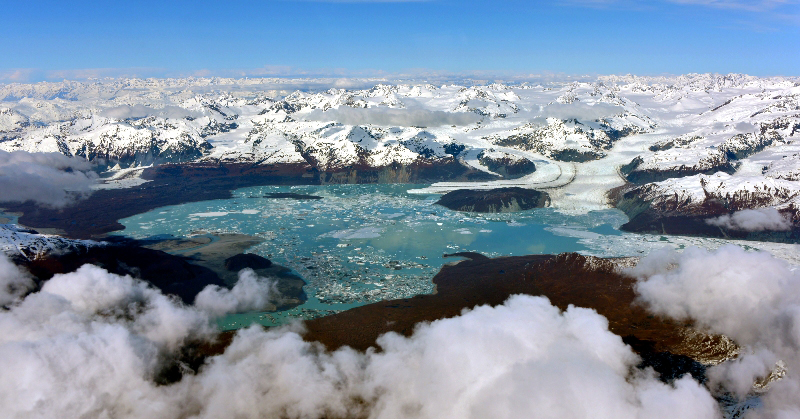NASA revealed that Prow Knob, has now been clasified as an Island after 40 years of melted ice.
Others are reading now
NASA revealed that Prow Knob, has now been clasified as an island after 40 years of melted ice.
A new island is born
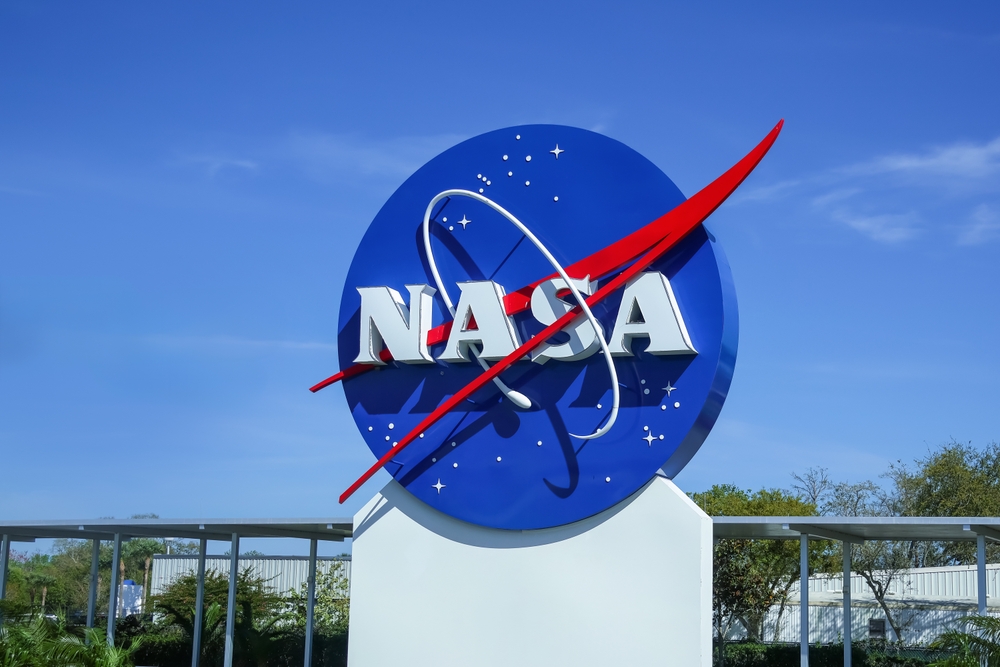
What was once a frozen expanse has now transformed into an isolated landmass surrounded by water.
As a result of four decades of melting ice, NASA has revealed that a brand-new island has formed in Southeastern Alaska
The patch of land, measuring around two square miles, is home to Prow Knob – a small mountain once locked within the Alsek Glacier.
As the ice retreated and melted, rising meltwater gradually cut it off, turning the area into a true island by summer 2025.
Also read
Satellite records over 40 years
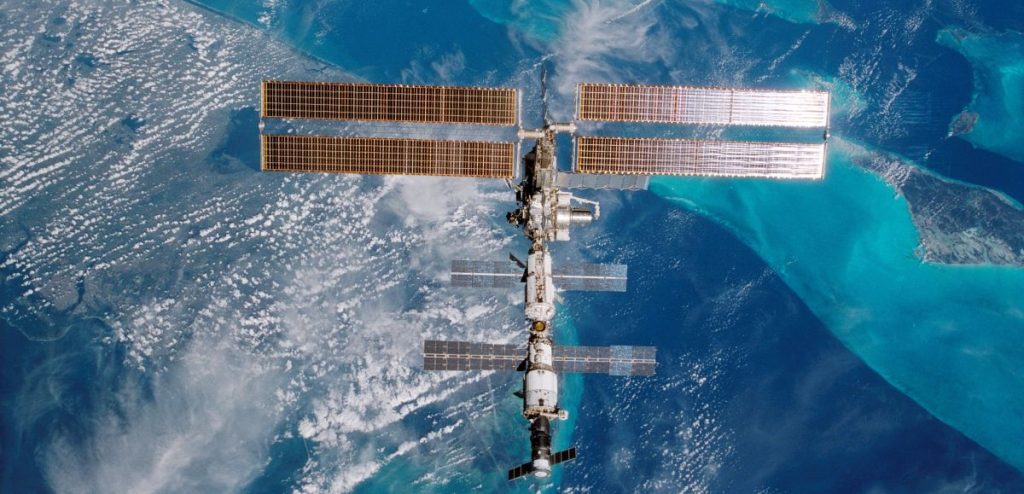
The transformation was captured through NASA’s Landsat program, which has been monitoring the site since 1984.
The first images showed Prow Knob, mostly encased in ice, with only part of it’s western edge touching the lakeshore.
Since then, the Alsek Glacier and nearby Grand Plateau Glacier, have steadily thinned and pulled back, allowing water to fill the voids left behind.
Each year, the lake has expanded, consuming the ice around the mountain until it finally broke away.
From glaciers to proglacial lakes
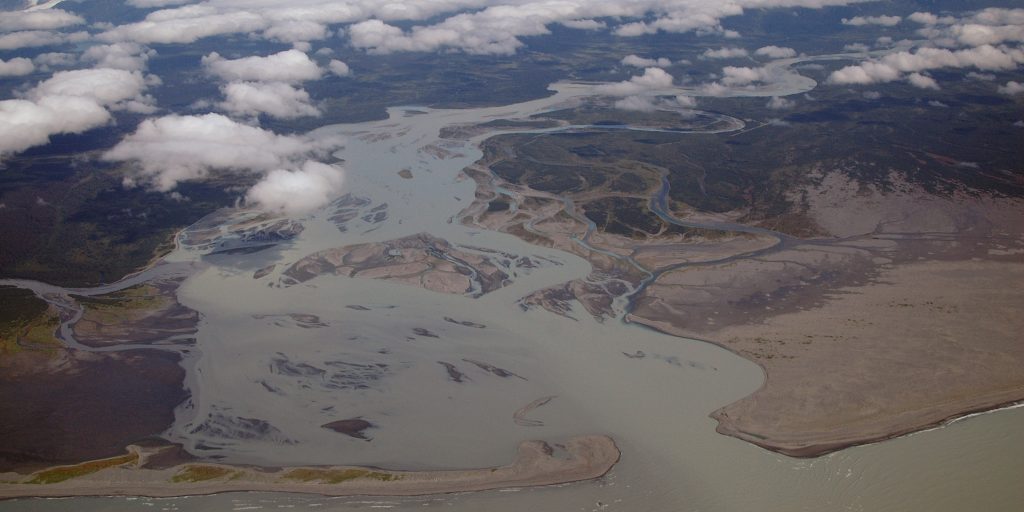
Scientists describe the process as the formation of “proglacial lakes” – large bodies of meltwater that pool in glacier basins as the ice shrinks.
Also read
Over time, these lakes reshape the landscape, swallowing land and leaving mountains isolated in their midst.
Prow Knob, once surrounded by solid ice, now rises above the waters of Alsek Lake, which has more than doubled in size in recent decades.
Climate change at the core
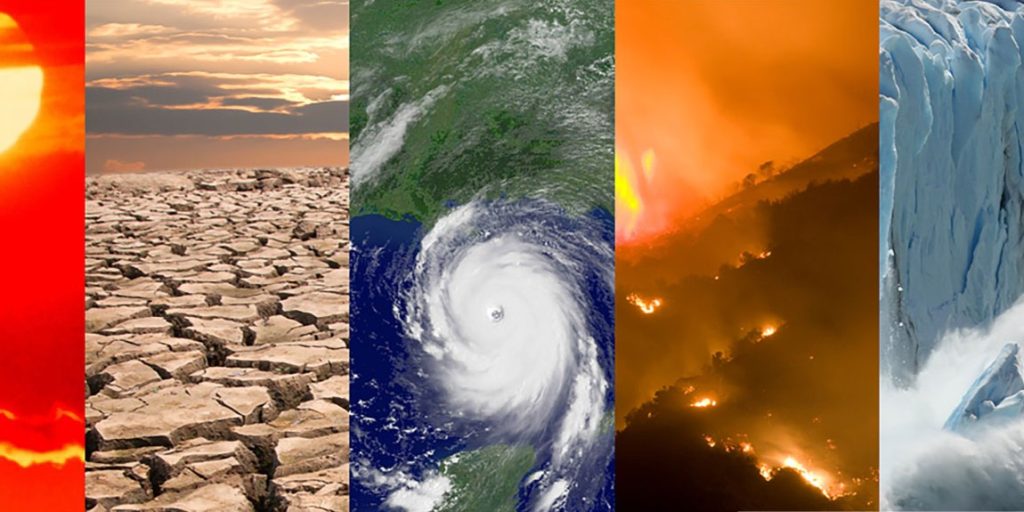
NASA, warns this shift is not an isolated case, but a striking signal of climate change.
Rising global temperatures are accelerating glacier melt worldwide, reshaping coastlines and inland environments.
In Alaska, this has meant the steady retreat of once-massive glaciers that carved the land for millennia, leaving behind lakes, unstable ice, and newly formed islands like Prow Knob.
Also read
The final breakaway
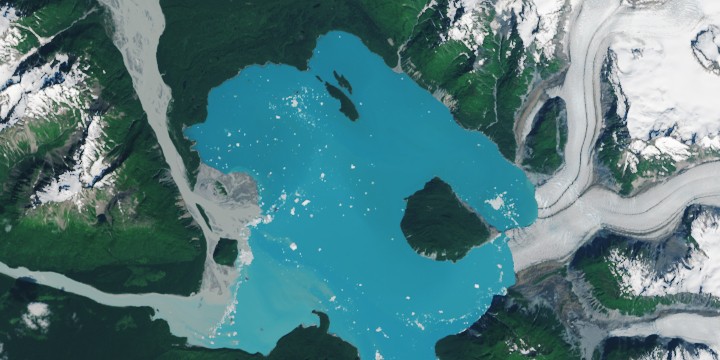
According to NASA, the last segment of ice tethering Prow Knob to the glacier vanished sometime between July 13 and August 6, 2025.
This marked the moment the mountain became a true island, completely cut off from the remaining ice.
Images from space document the exact sequence: the steady shrinkage of the glacier, the widening lake, and finally, the mountain standing alone.
A century of retreat
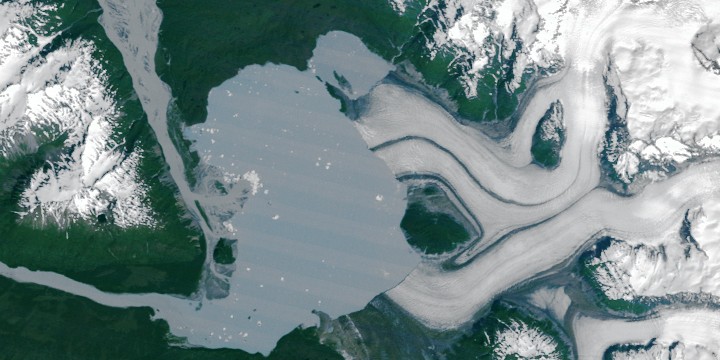
Historical records show that in the early 20th century, the Alsek Glacier stretched as far as Gateway Knob, about three miles west of Prow Knob.
By the mid-century, it had pulled back but still wrapped around the mountain.
Also read
Glaciologist Austin Post even gave Prow Knob its name because its sharp ridge resembled the prow of a ship pushing through frozen seas.
Now, that icy setting has disappeared.
A lake that keeps growing
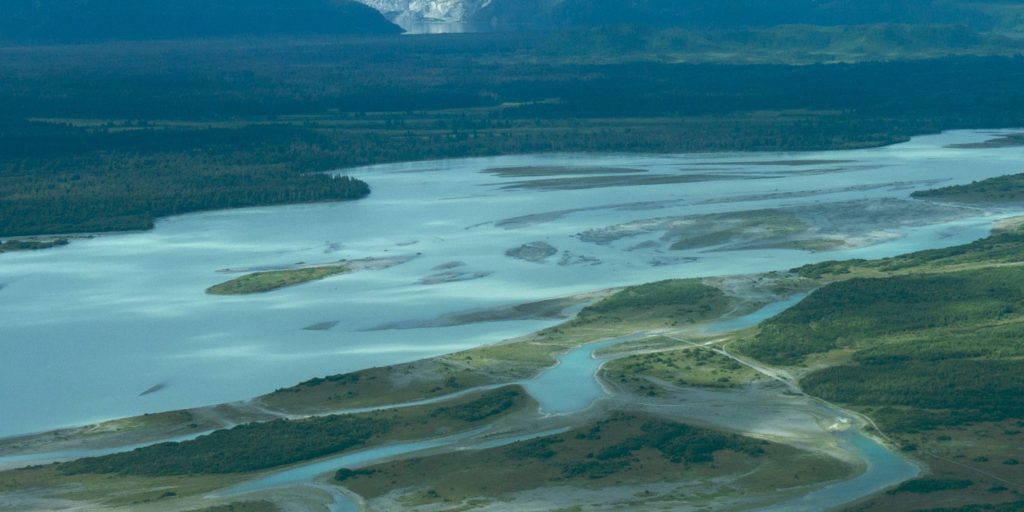
Between 1984 and today, Alsek Lake has expanded dramatically from 45 square kilometers to 75 square kilometers.
As more glacier ice melts into the basin, the lake has continued to swell, reshaping the Alaskan landscape.
Scientists warn the growth is far from over, as melting is expected to accelerate in the years ahead.
Also read
Unstable ice

NASA stresses that now the glacier has lost direct contact with Prow Knob, the ice in the region is less stable.
Without that anchor, the glacier is more prone to “calving” the breaking off of large ice chunks into the lake.
This process could further speed up the reshaping of the terrain, posing challenges for ecosystems and nearby waterways.
A visible sign of a global trend
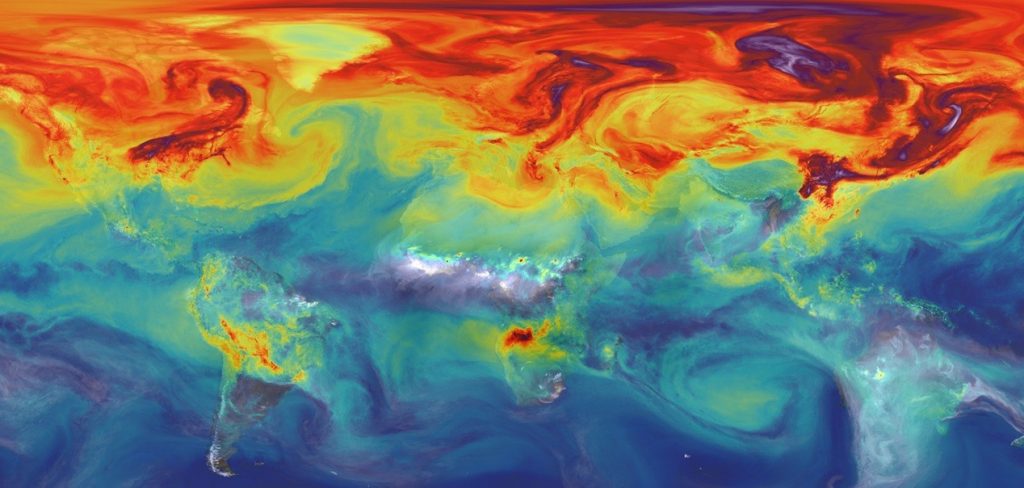
While striking, this event is just one example of how warming temperatures are transforming polar and glacial regions across the planet.
Entire coastlines and habitats are at risk as ice melts faster than predicted.
Also read
For NASA, the new Alaskan island is both a geographical novelty and a sobering warning about the speed of climate change.
The message from space
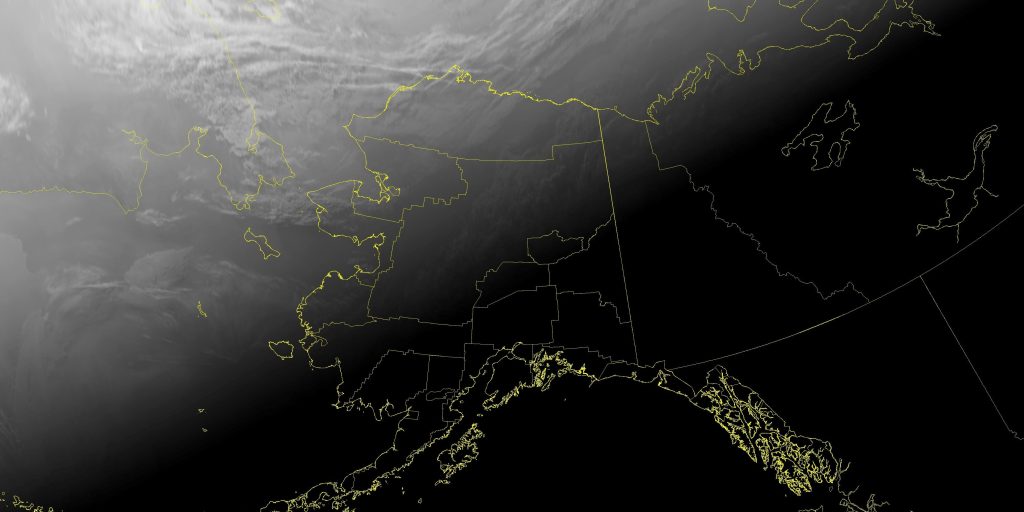
Through decades of satellite monitoring, NASA scientists have traced the slow but relentless retreat of glaciers and the new landscapes they leave behind.
Prow Knob’s transformation into an island is a clear signal that climate change is not a distant concern, but a present reality shaping Earth today.

